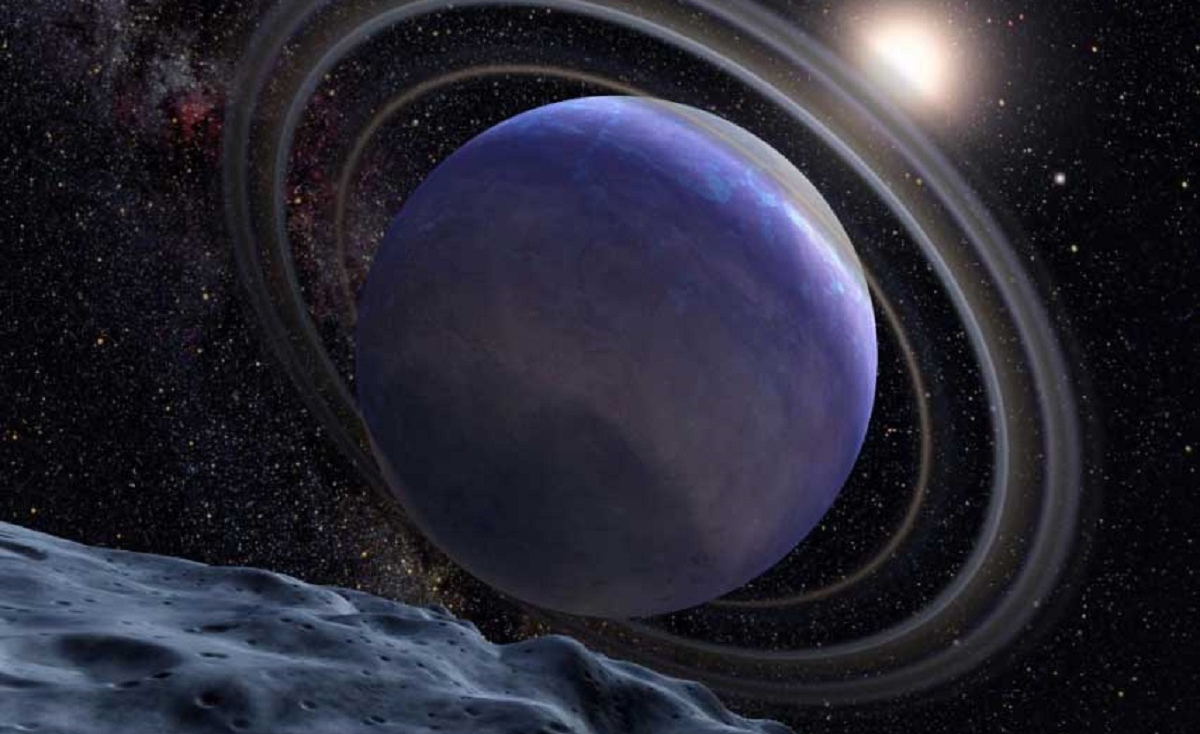- Know Everything About Nipah Virus, Which Is Back In Kerala Again
- Kevin Porter Jr Arrested On His Girlfriend’s Assault Charge
- Market Change Overnight - Know The 8 Things That Did It
- Who Are Alba Baptista And Chris Evans Married On The Weekend?
- Disrupted India vs Pakistan Asia Cup 2023 Match on Reserve Day
- 10 Common Foods That Contain No Calories or Are Very Low in Calories
- Men’s Styling Tips - Know the 9 Common Style Mistakes to Avoid
- Coco Gauff Beats Karoline Muchova and Reaches the US Open Final
- Danny Masterson Gets Life Sentence of 30 Years for Two Rapes
- Experience A Splendid Vacation in Kashmir with These 15 Gorgeous Sights
- India
- Monday , April 29, 2024
- Last Published Sep 12, 2023, 6:48:32 PM

New Study Reveals Oldest Planet In The Universe
According to a brand-new study, a faint white dwarf star has been discovered that is at least ten billion years old. The oldest planetary debris has been found orbiting planetesimals which makes it the oldest star that is now dead in an evolved planetary system. This study provides deep insight into the evolution and formation of icy moons, Earth-like rocky planets and asteroids in the universe’s early history. The oldest star in the galaxy has been identified by astronomers that are now accreting debris from the orbiting planetesimals. This makes it the oldest icy and rocky planetary system to have been found in the Milky Way. The findings of the astronomers point out a faint white dwarf that is present 90 light-years away from Earth. In addition to that, its debris is over ten billion years old. This study was led by the University of Warwick and was published in the Monthly Notices of the Royal Astronomical Society on November 5th.












